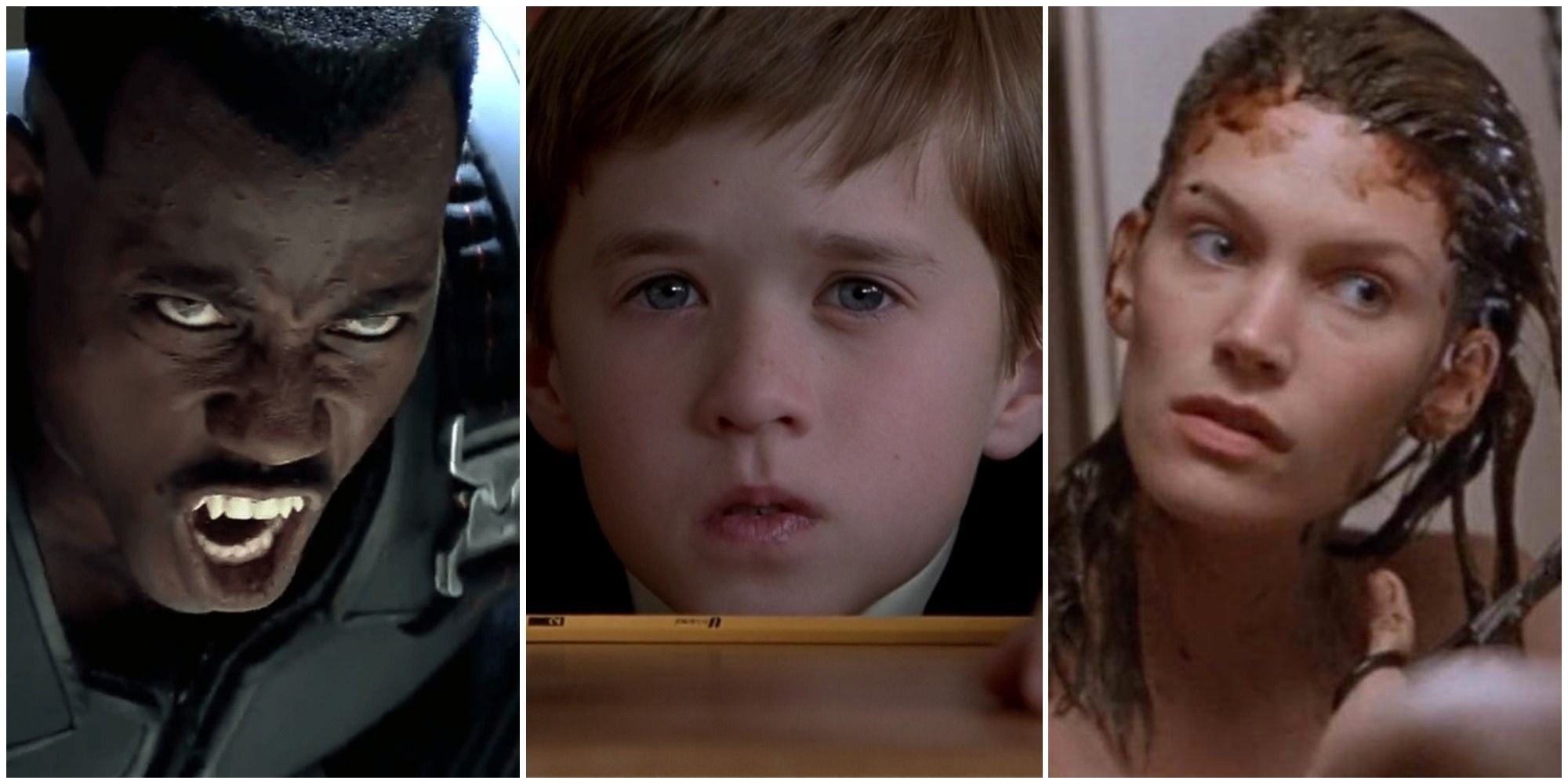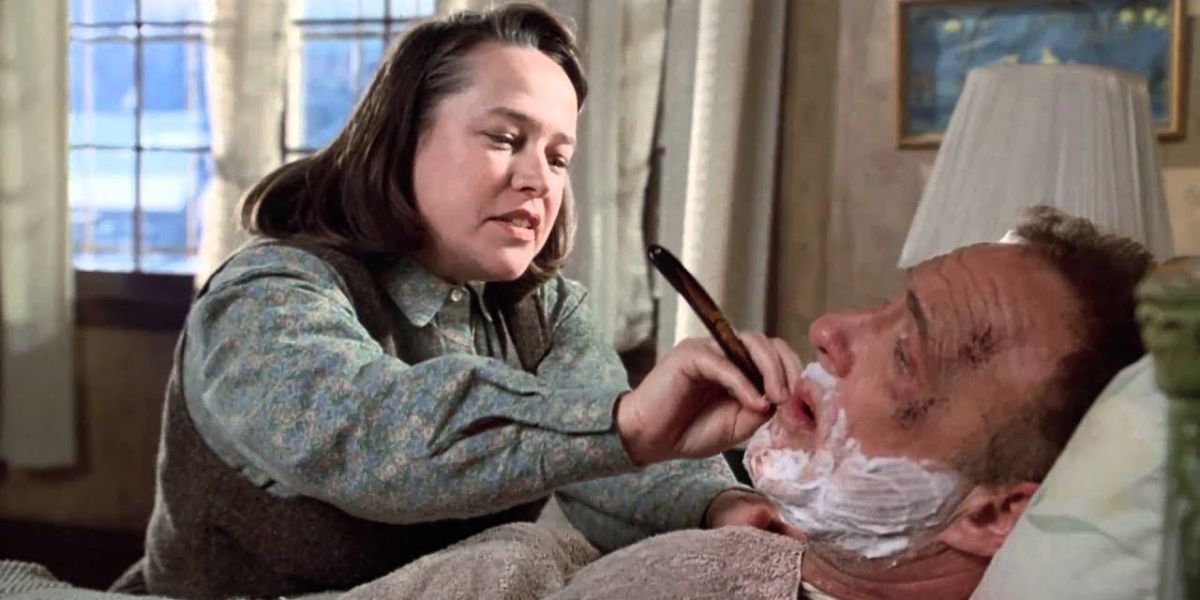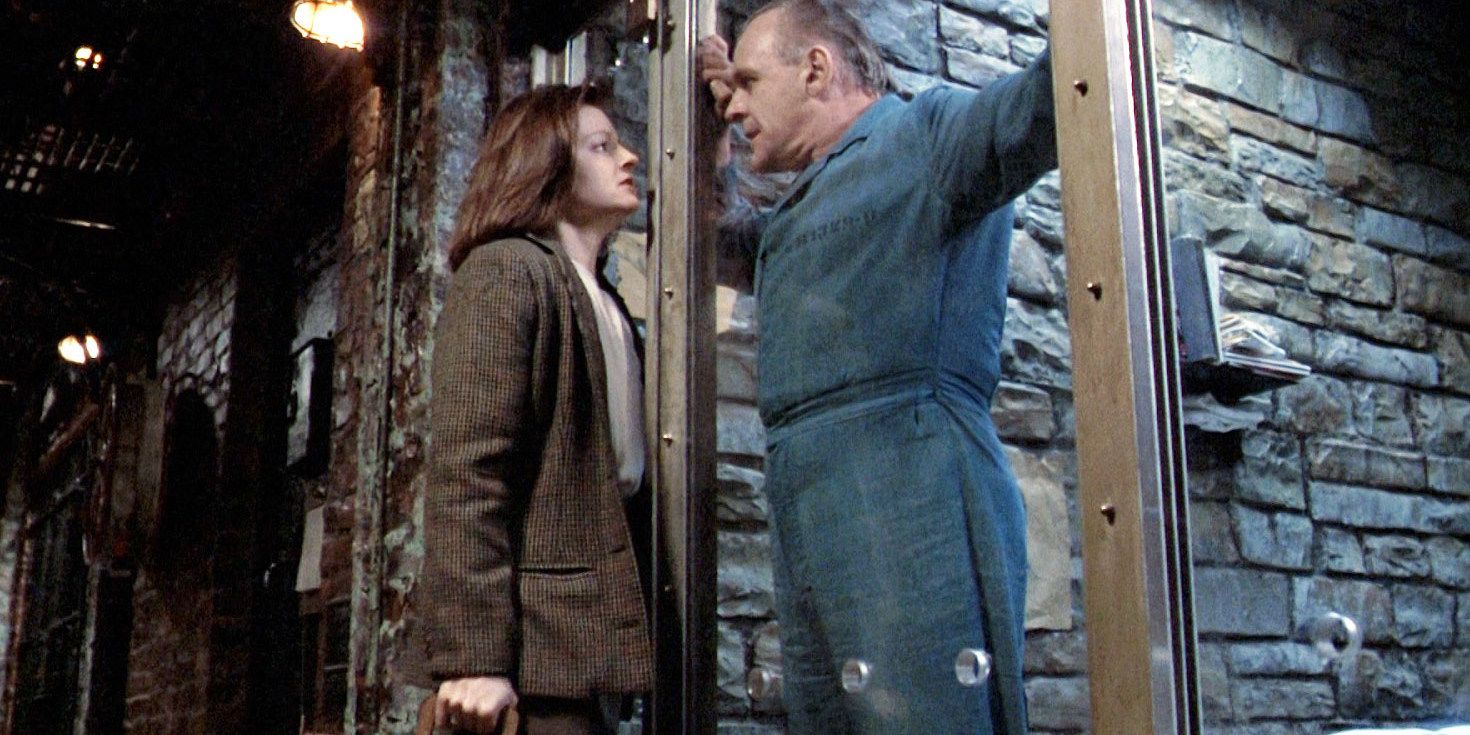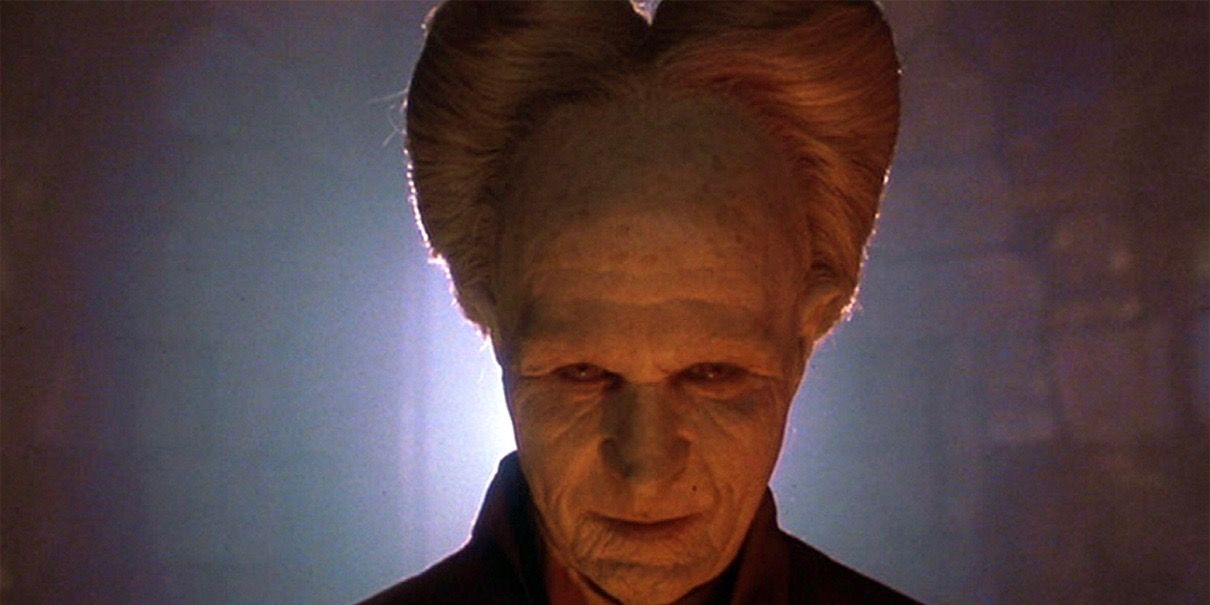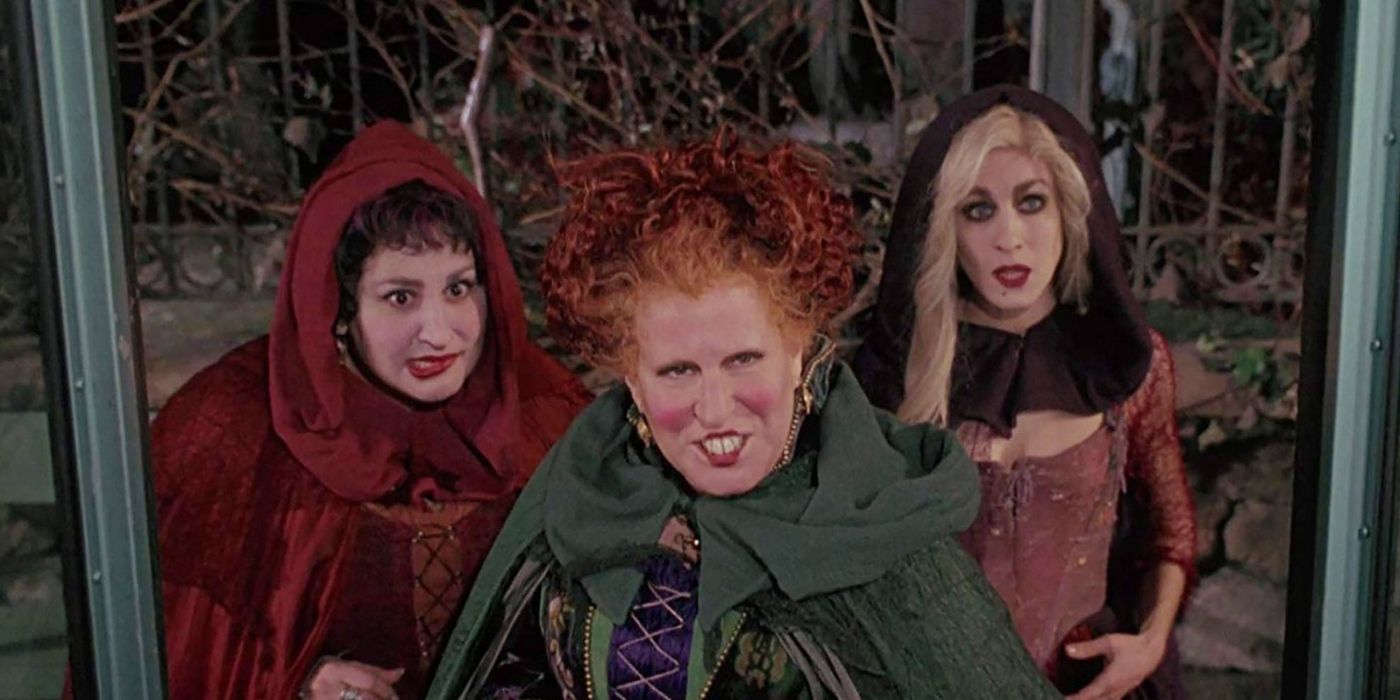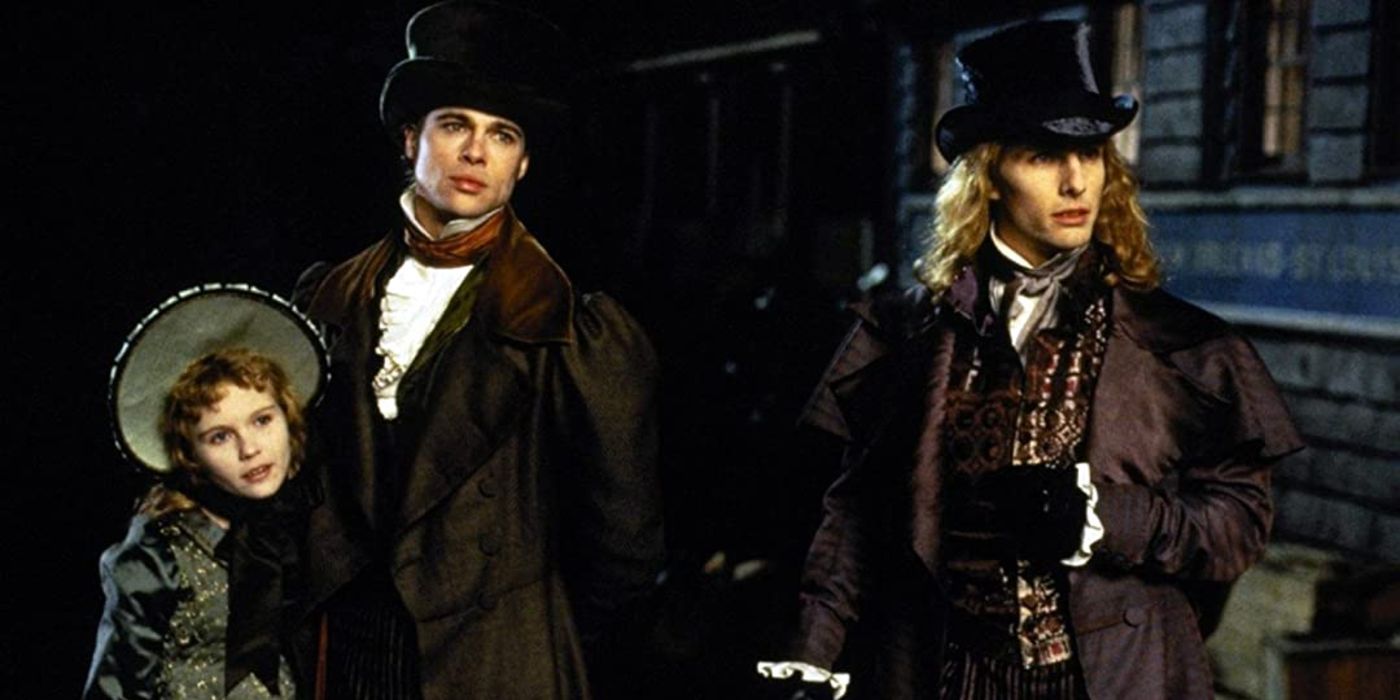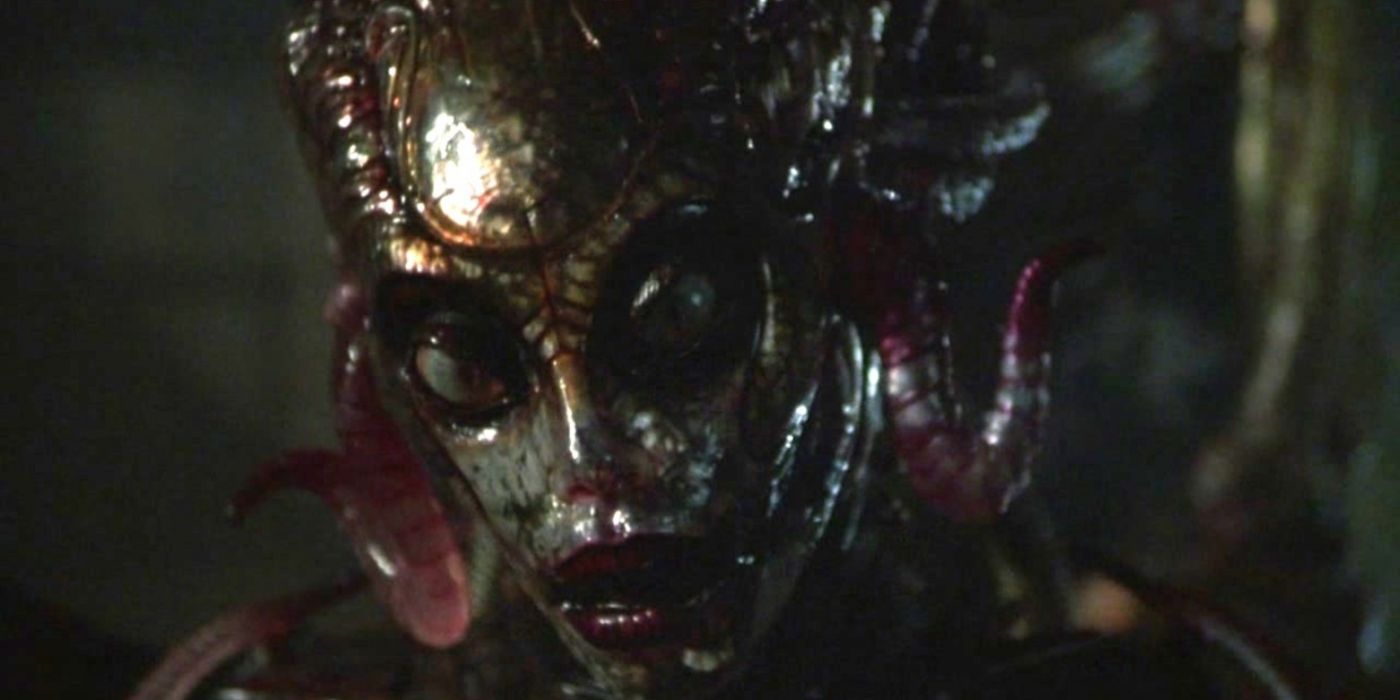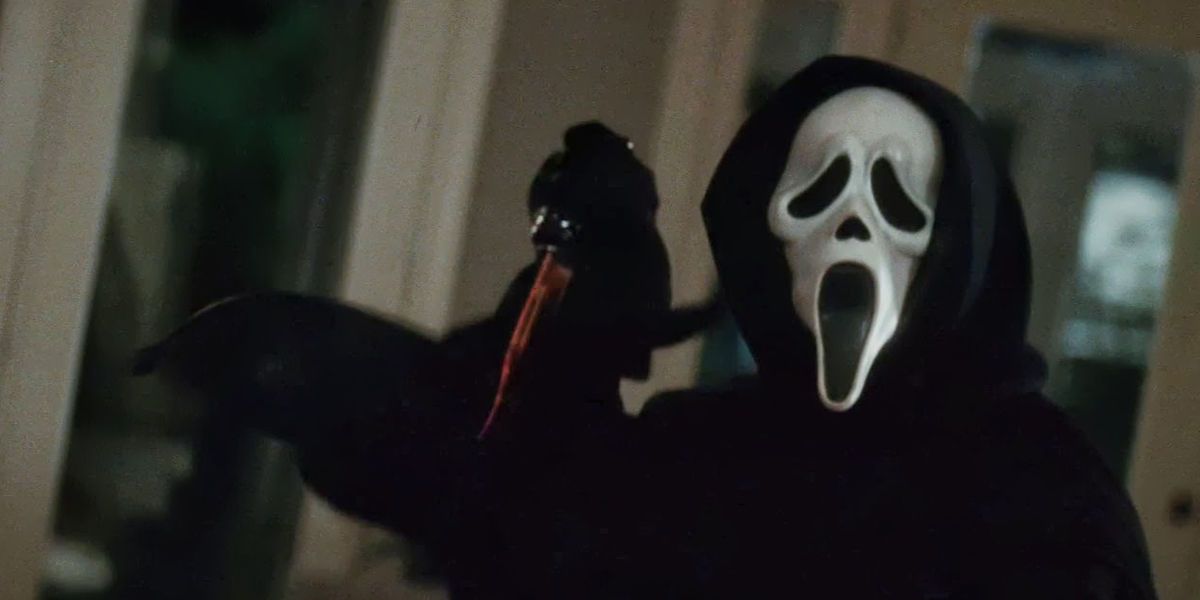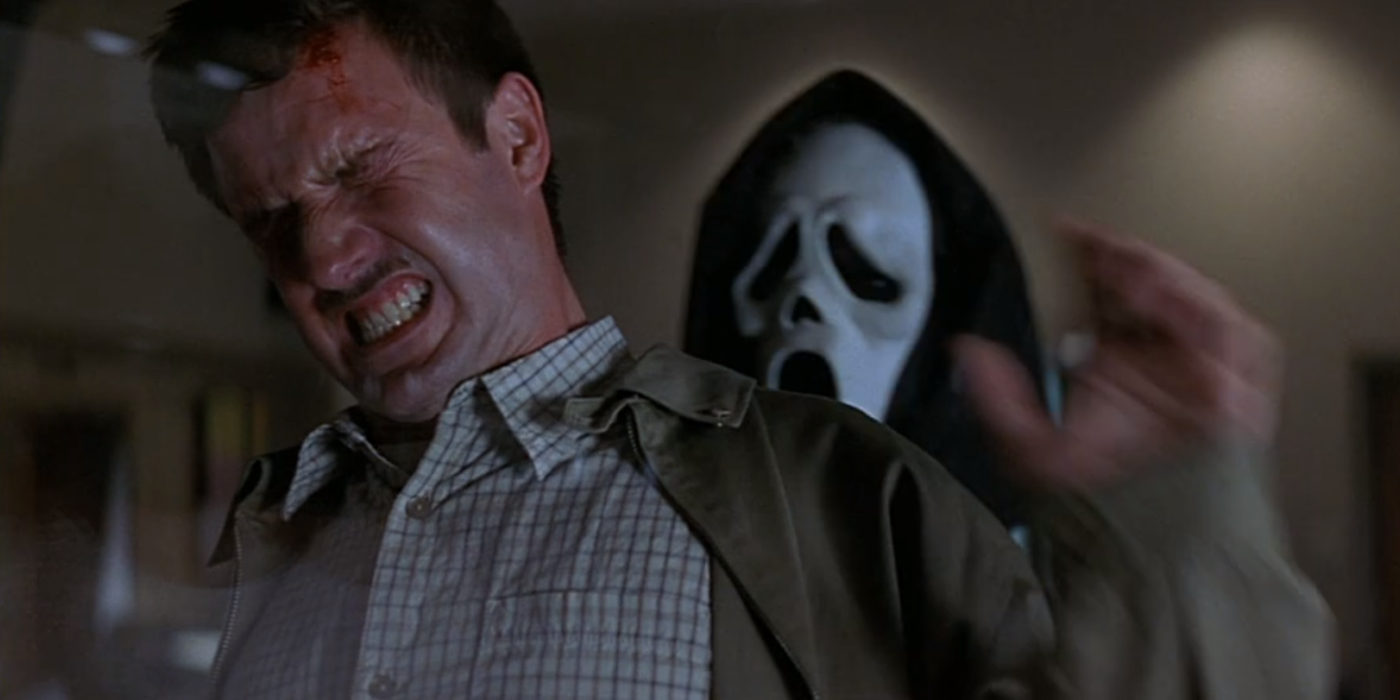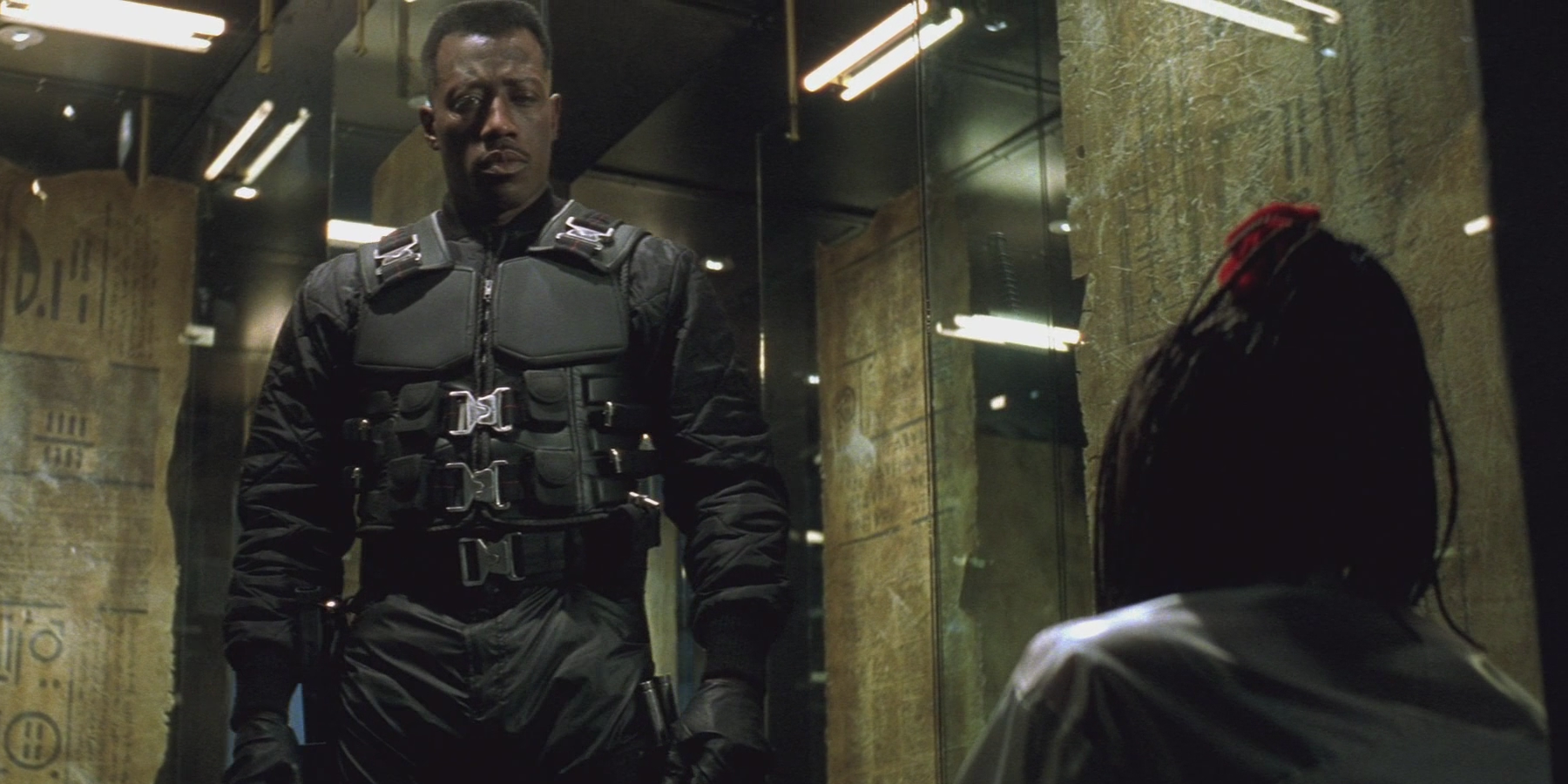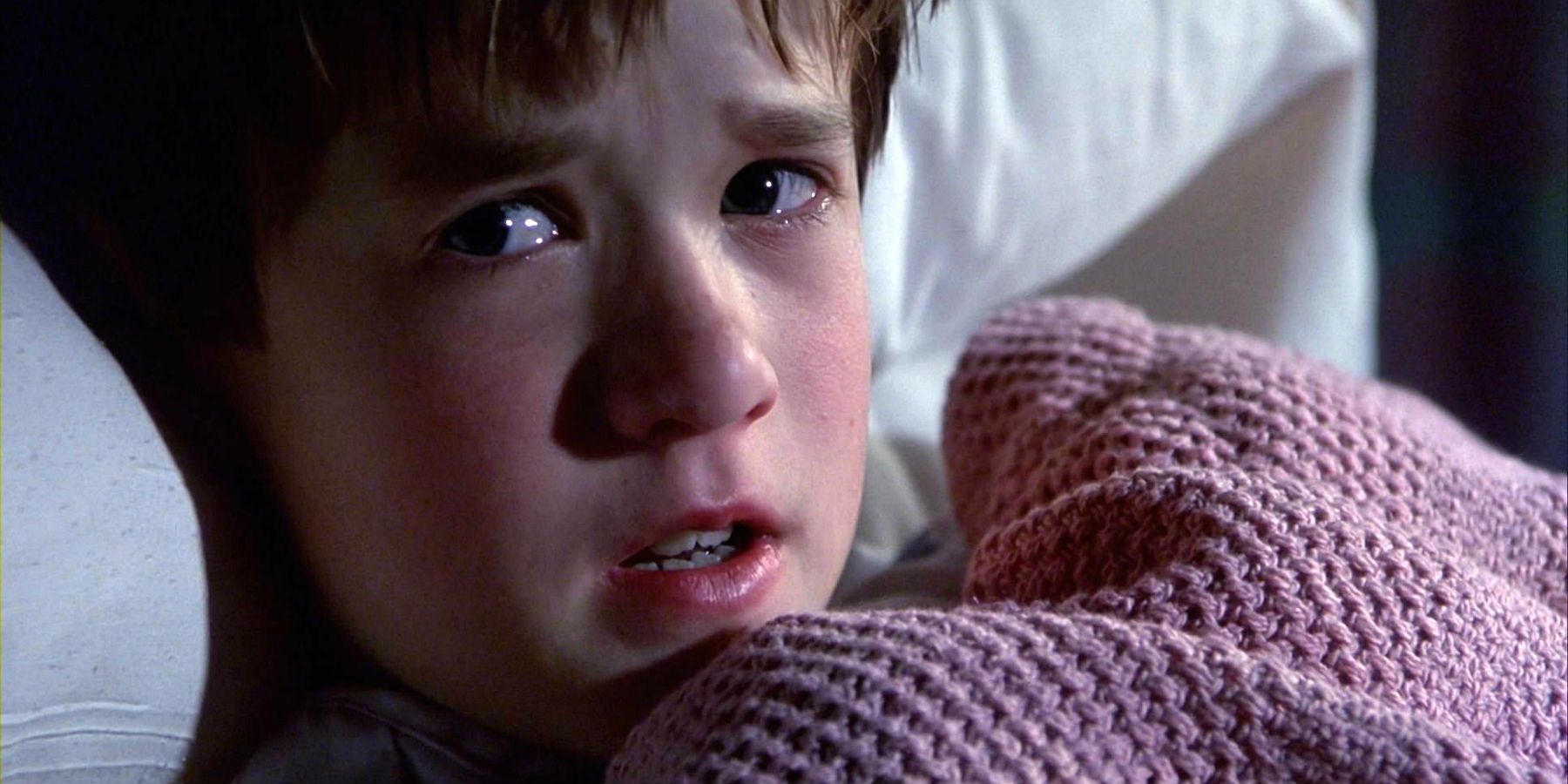Measuring the quality of a film in terms of box office revenue is a weak estimation of its worth, because there have been hundreds of cinematic disasters that have performed extremely well financially. Still, there is something to be said for the merits of audience appreciation, given that movies are meant for the average person after all (and not solely to obtain critical praise).
The nineties were a fine decade for cinema in general, but horror stands out considerably more than many others — some of the best examples of the genre have originated in this time period, such as Nightbreed (1990), In the Mouth of Madness (1994), and The Day of the Beast (1995). None of them made as much money as the highest grossing movies of each year in the 90s, though.
Misery (1990)
Misery was adapted from a Stephen King story (as many in this genre often are), and ended up becoming an unexpected box office triumph: earning just over $61 million at the domestic level with an expenditure approximately three times less.
The film includes the sublime Lauren Bacall, one of the greatest stars of Golden Age Hollywood, but even she doesn't glow as brightly as Kathy Bates in her role as the "number one fan" of a Victorian Romance author who gets unfortunately entangled in her wily traps.
The Silence Of The Lambs (1991)
This movie is one of only three to have won the Big Five Academy Awards, namely, Best Film, Best Screenplay, Best Director, as well as Best Actress and Actor. Silence of the Lambs is home to one of Anthony Hopkins' finest performances, which is saying quite a lot given his cinematic accomplishments.
Aside from critical praise, it made $273 million globally against a production budget of $19 million, proof that a large fraction of the moviegoing crowd appreciated it as much as it deserved. A fantastic adaptation of the Thomas Harris novel, indeed.
Bram Stoker's Dracula (1992)
Francis Ford Coppola opted for a slightly different direction than his earlier films when he made Bram Stoker's Dracula, obviously based on the novel of 1897. Its reception was largely positive (although Keanu Reeves was criticized for his lukewarm acting skills).
The movie won the Oscars for Best Sound Editing, Best Costume Design, and Best Makeup, and cost around $40 million to make, a high-ish number at the time. It didn't matter though, because with a global income exceeding $215 million, Dracula was considered a roaring success.
Hocus Pocus (1993)
One of the Halloween favorites of the past two decades, Hocus Pocus shows the misadventures of a witch "coven" who are accidentally brought back to life on October 31st. The film works as both horror and comedy, but when it was released it counterintuitively flopped at the theaters, and Disney lost quite a bit of investment in the process.
Interestingly, Hocus Pocus became a cult hit over time, with VHS sales amounting to an incredible $45 million, which more than balanced its initial spending of $28 million. In fact, the film obtained a short term theatrical release in October 2020 during which it earned almost $4 million.
Interview With The Vampire (1994)
Neil Jordan's adaptation of a book by vampire novelist extraordinaire, Anne Rice, was as much a Gothic experience as the original book. With Brad Pitt, Tom Cruise, Antonio Banderas, and a very young Kirsten Dunst, the plot of Interview With the Vampire is explained in the form of a modern interview.
This movie pretty much smashed the box office into pieces — its fame and the respective charm of its two main co-stars allowed Interview With the Vampire to score slightly more than $225 million worldwide, but racked up production bills to the tune of a measly $6o million (in comparison, of course.)
Species (1995)
Species, a rather bizarre take on the popular extraterrestrial movie genre, starred Ben Kingsley, Natasha Henstridge, Forest Whitaker and Alfred Molina.
The storyline details the "journey" taken by an extremely attractive human-alien fusion being whose only aim is to find the perfect mate to continue her newly-created species. Given its $35 million expenditure, it is quite impressive that the film made $113 million at the end, regardless of its slightly negative critical response.
Scream (1996)
Wes Craven's Scream redefined the very idea of horror by adding to the narrative elements of dark humor and crime thrillers. Even though it's a satire whose main intention was to highlight the overused tropes in the genre, the story is apparently at least partially based on the Gainesville Ripper, a serial killer who was caught in 1994.
Scream spent around $15 million dollars in the making, but garnered well more than ten times the amount (around $173 million in total.)
Scream 2 (1997)
The sequel was just as well received, making nearly $33 million in the first weekend alone, considerably higher than its production budget of $24 million. It went on to make $172 million in total, just a shade less than its predecessor.
Scream 2 was such a hot topic even before it came out that it even had its conclusion revealed on the internet, a relative rarity at the time.
Blade (1998)
Stephen Norrington's Blade follows a creature known as a Dhampir, which is a kind of blend between vampire and human, played by the multi-talented Wesley Snipes. The ironic vampire hunter Blade originated in a Marvel comic series in 1973.
Critics were wary of the film's unorthodox substance, but their displeasure did not stop it from developing into a mini-franchise. Blade was an obvious victory at the box office, generating revenues exceeding $131 million in contrast with a budget of $45 million.
The Sixth Sense (1999)
M. Night Shyamalan's psychological horror flick, The Sixth Sense, was an absolute sensation in 1999 — its production costs were $40 million, but the earnings from the film surpassed everybody's expectations, totaling over $672 million in both domestic and international markets combined.
The Sixth Sense's narrative about a young boy with "behavior issues" and the psychologist who tries to help him was treated with warmth and compassion. Not to mention of course, the complete stunner of a plot twist right at the end.

